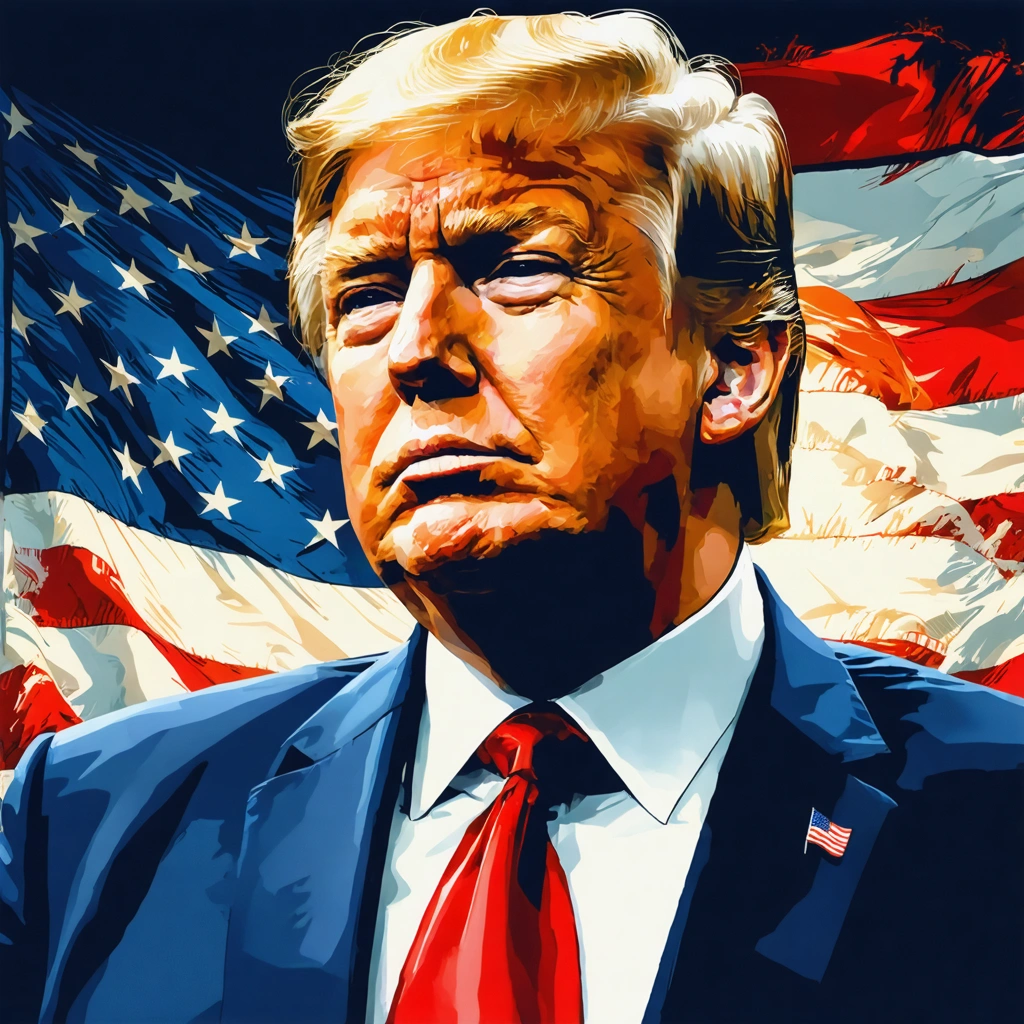
Introduction: A Rising Tide of Tariffs
In recent weeks, President Trump introduced a sweeping set of tariffs that rebounded across international trade. He intends to secure American jobs and trade terms, yet frequently encounters unexpected alliances formed in opposition. Consequently, former allies now express unease and demonstrate signs of a coordinated backlash. Moreover, critics observe that these measures risk undermining the long-standing trust America built with its partners over decades. Alongside economic ambition and national security concerns, political and diplomatic factors further complicate the picture. Hence, the narrative now evolves into one where economic policy intersects with geopolitical alliances, ultimately presenting a double-edged dilemma for the United States.
The Tariff Strategy and Its Ambitions
President Trump’s tariff measures aim to protect U.S. industries from what he perceives as unfair trade practices. The strategy involves imposing taxes on numerous imported goods to level the economic playing field. Furthermore, these actions seek to shift the dynamics in global trade negotiations. In an effort to achieve these goals, the administration often outlines a series of targeted steps that include:
- Placing significant tariffs on steel and aluminum imports.
- Targeting specific countries with surplus production.
- Promoting domestic manufacturing and job creation.
The policy offers an immediate boost to some American sectors; however, it simultaneously burdens international partners. Therefore, many nations perceive this move as a unilateral step that disregards the multilateral consensus essential for peaceful cooperation.
Diplomatic Dynamics and Global Repercussions
Diplomatic channels buzz with activity as concerned governments seek ways to mitigate the impact. As allies deliberate, they consider pooling their economic influence to counterbalance the U.S. approach. Accordingly, discussions arise among key nations that share economic vulnerabilities. Conversely, the United States remains steadfast in its beliefs even while acknowledging the emerging coalition of detractors. In several global forums, hard-hitting debates focus on:
- How tariff measures reshape trade relationships.
- The potential shift in global economic power balances.
- The recalibration of foreign policies among partner nations.
Thus, international reactions progress beyond economic statistics, capturing a broader geopolitical reshuffle that exposes vulnerabilities in established alliances.
Economic and Geopolitical Consequences
This tariff strategy has multifaceted economic repercussions that reverberate across continents. For instance, imported goods become costlier, and global supply chains experience turbulence. Additionally, the United States sees a drop in cooperative trade projects, and friendly nations question the reliability of their longstanding agreements with Washington. Several key economic points include:
- Higher import costs that strain domestic consumers.
- Disruption of efficient supply chains crucial for international businesses.
- Increased investment risk in volatile market segments.
Moreover, affected nations undertake various measures to reorient their economies. They respond by exploring alternative markets and negotiating bilateral trade agreements that bypass the steep tariffs. Consequently, the world encounters a period characterized by recalibration, adaptation, and sometimes, outright policy reversals in an effort to balance national interests with shared global prosperity.
Case Study: A Table of Tariff Impacts Across Nations
To illustrate the widespread consequences, consider the following table that outlines tariff impacts on selected traditional allies:
| Country | Sector Affected | Diplomatic Response |
|---|---|---|
| Canada | Steel & Aluminum | Negotiations and Retaliatory Tariff Threats |
| European Union | Automotive & Machinery | Formal Complaints and Diplomatic Meetings |
| South Korea | Electronics & Automobiles | Seeking Bilateral Agreements |
| Japan | Technology & Auto Parts | Increased Trade Talks and Policy Revisions |
Observing the responses above, one concludes that the ongoing tariff measures change the usual dynamics of international trade. Additionally, foreign ministers and economic advisors assemble more frequently to discuss ways to circumvent tariff-induced setbacks. Transitioning into such strategies demonstrates an adaptability that defines modern geopolitics.
Unanticipated Reactions Within U.S. Alliances
The strategy encounters internal challenges as many U.S. allies openly question the long-term benefits of tariff imposition. For example, nations that once championed free trade now express concerns in diplomatic channels. Moreover, these allies hint at devising a collective strategy that could theoretically neutralize the tariffs’ effectiveness. Instead of immediately resorting to economic warfare, some opt for subtle and structured negotiations. Accordingly, diplomatic notes and summits emerge on the schedule in hopes to:
- Establish countermeasures that protect mutual interests.
- Develop platforms for joint economic initiatives.
- Mitigate potential long-term damage to existing alliances.
Therefore, though the tariffs claim to protect American workers, they inadvertently destabilize longstanding diplomatic ties that once underpinned global peace and economic stability.
President Trump’s Perspective and the American Response
The President remains unapologetic about his decisions, arguing that American workers must experience tangible benefits, even if these measures lead to temporary friction. Simultaneously, his team advocates that the tariffs serve as a necessary corrective measure against longstanding trade imbalances. Importantly, several domestic policymakers voice support of the initiative, pointing to:
- Enhanced protection of domestic industries.
- Increased negotiating leverage in international trade talks.
- A gradual shift towards a more self-reliant economy.
Nonetheless, critics from various segments of society challenge the outlook. They contend that the tariffs exacerbate global tensions and risk triggering trade wars that might spiral out of control. Therefore, despite positive spin by supporters, the policy continues to divide opinion on national and international stages.
Historical Context and Future Prospects
Historically, America has never shied away from imposing tariffs to protect its economic interests. However, this approach now collides with a global environment that prizes cooperation over unilateral concessions. Furthermore, the current situation tests the resilience of alliances previously thought unbreakable. In light of this, several questions surface:
- How will long-term economic relations evolve with these measures?
- What will be the outcome of retaliatory moves by other nations?
- Is America prepared for potential shifts in global power dynamics?
In addition, political forecasters suggest that future presidential administrations may well recalibrate policy to better accommodate both domestic and international concerns. Hence, the narrative surrounding tariffs today might well influence economic strategies and diplomatic postures for decades to come.
Conclusion: Navigating the Crossroads of Trade and Diplomacy
In conclusion, the tariff strategy introduced by President Trump continues to create waves across the global economic and political landscape. The policy not only challenges established alliances but also encourages nations to rethink their foreign policy dynamics. Moreover, the shift introduces both immediate economic gains and long-term diplomatic repercussions, thereby presenting multifaceted challenges that the United States must navigate. As policymakers on all sides seek solutions that balance protectionism with global cooperation, the ongoing debate remains as intense as ever. Consequently, the future of global trade hangs in the balance while new alliances take shape and old ones face unprecedented tests.
Throughout this unfolding narrative, transition words guide readers from one thought to the next, ensuring clarity and cohesion. All these factors emphasize that every economic policy decision must consider both the immediate benefits and the broader global implications. By remaining observant and responsive, nations can collectively strive to build a stable, inclusive, and fair economic future.




